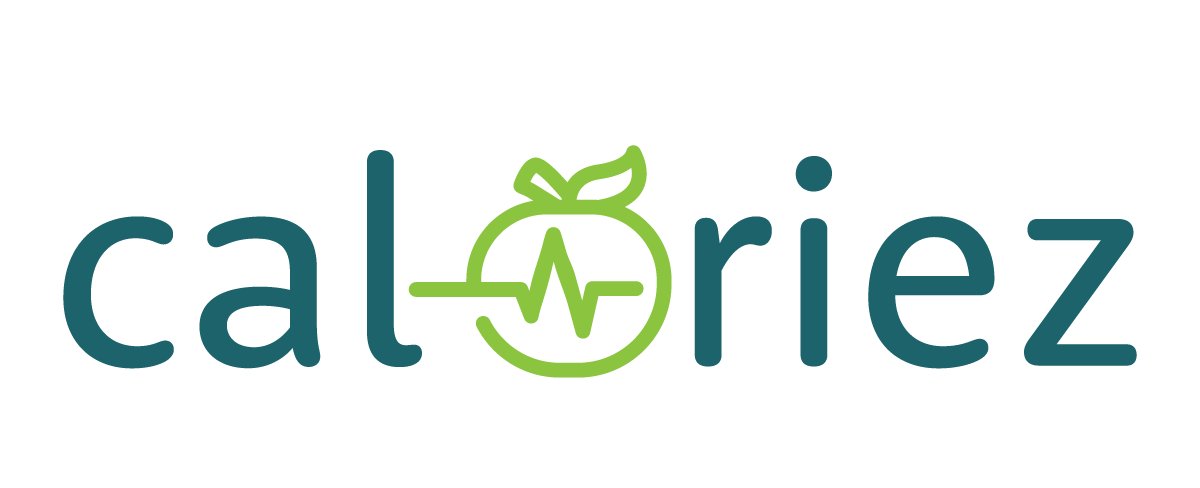Certain, a bench press can goal your chest and a lat pull-down will hearth up your again, however to hit each spots without delay, the dumbbell pullover could also be simply your ticket.
A weighted train that challenges each these areas (plus your shoulders, arms, and rib cage muscle tissues), the pullover is an upper-body smoker that you could be simply wish to slot into your routine time and time once more.
Regardless of its excessive bang-for-your-buck, the pullover is a transfer that tends to fall by the wayside—it doesn’t get as a lot love as different chest or again workouts, so chances are you’ll not see it fairly often in exercise plans. Consequently, you won’t be as conversant in it as you might be with different upper-body staples, like rows or chest presses.
So right here’s a fast rundown: The train includes mendacity in your again on the ground (or on a flat weight bench) and gripping one dumbbell above your chest with each arms. With straight arms, you slowly pull the dumbbell over and again behind your head so far as your shoulder mobility permits. Then, you reverse the transfer to return to the beginning place. If the pullover sounds easy, it’s—however belief us: It actually has quite a bit to supply, irrespective of your health degree.
We tapped licensed private coach and efficiency coach Keith Hodges, CPT, founding father of Thoughts In Muscle Teaching in Los Angeles to be taught all of the must-know intel on the dumbbell pullover, together with what muscle tissues it really works, if it’s extra of a chest transfer or a again transfer, the mighty advantages, find out how to incorporate it into your routine, and—most significantly—find out how to do it correctly.
What muscle tissues does the dumbbell pullover work?
Like we talked about, the pullover serves double-duty: It targets your chest muscle tissues (pecs), particularly your pectoralis main, which spans out of your higher arms to collarbone to sternum, and your broadest again muscle tissues referred to as your latissimus dorsi (lats). Moreover, dumbbell pullovers work your triceps (the muscle tissues on the backsides of your higher arms), deltoids (shoulders), and serratus anterior (a muscle alongside the rib cage that stabilizes your shoulders), too.
Are pullovers in your chest or again?
It is a long-standing debate within the health phrase, and we’re right here to clear it up for you: The reply is each! Pullovers work your chest and your again muscle tissues, so sure, they are often thought of a chest train in addition to a again train. As for which space you’ll really feel this transfer working extra, effectively, that every one depends upon your anatomy, Hodges tells SELF. In case your again tends to be tight, then you definitely’ll possible really feel the pullover actually firing up that space extra so than your chest. Then again, in case your chest and shoulders are tense, then you definitely’ll most likely really feel the train focusing on these muscle teams extra intensely than your bottom, Hodges explains.
What are the advantages of dumbbell pullovers?
Because the pullover targets your chest, again, arm, and shoulder muscle tissues unexpectedly, you will get fairly superior upper-body muscle activation and strengthening with this train. That may make the pullover a pleasant complement to extra decrease body-focused workouts like squats, lunges, and deadlifts.




